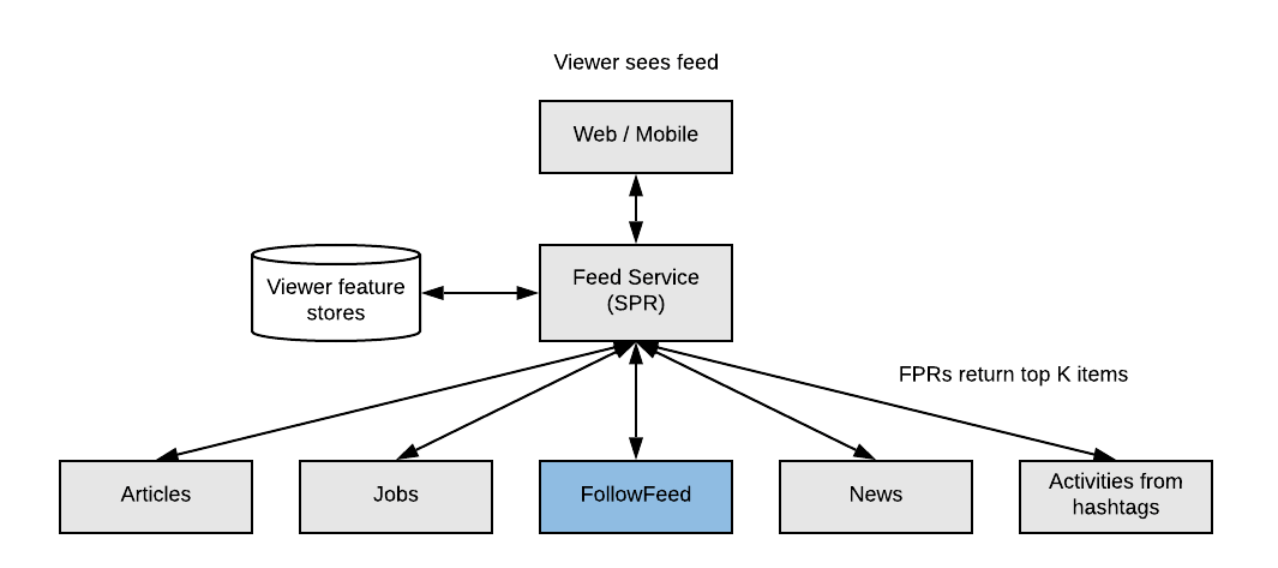
An algorithm update that has been in the works for 12-18 months, has been favored by LinkedIn to surface more conversations to its feed.
Knowing that its News feeds were fundamentally built to connect users, LinkedIn acknowledged that many were struggling to deliver their value as communication trends move to more personal and ephemeral conversations.
According to Tim Jurka, Director of Artificial Intelligence at LinkedIn, much of the attention on platform was skewed towards the top 1 percent of power users.
After reporting that it's been seeing 'record levels of engagement' over the past year, LinkedIn has outlined some of the specific changes to its feed distribution algorithm in order to maximize engagement and boost activities among users.
As a result, some users may see that their notifications or engagements on LinkedIn are increasing.
Back in October 2018, LinkedIn explained that:
"However, we found that these increases weren’t equally distributed. In fact, at the beginning of 2018, we were in danger of creating an economy where all the gains in viral actions accrued to the top 1% power users, while the majority of creators who don’t receive much feedback were receiving less than ever."
This was not ideal for LinkedIn that aims to improve user engagement and retention. The reworked algorithm here should better promote posts from more users, in order to encourage discussion among a broader set of people.

LinkedIn noted that:
The changes the algorithm brings, include:
- Elevating content that users are most likely to join in conversation. This typically means those that interacted with directly in the feed through comments and reactions, or people who have shared interests with the user based on their profile.
- Elevating a post from someone closer to a users' interests or network, if it needs more engagement, and not if it's already viral.
- Elevating conversations with things that encourage a response, as well as posts that use mentions and hashtags. This is to better bring others into the conversation.
- Elevating niche topics of conversation to perform better than broad ones. LinkedIn here said that its algorithm doesn't favor any particular format.
In other words, LinkedIn has built in a way to reward content creator (audience builder), as opposed to just showing them the most engaging content to maximize response.
The move is similar to what others have done. Most notably Facebook which has opted to get people to engage more, rather than passively scroll through its app and website.